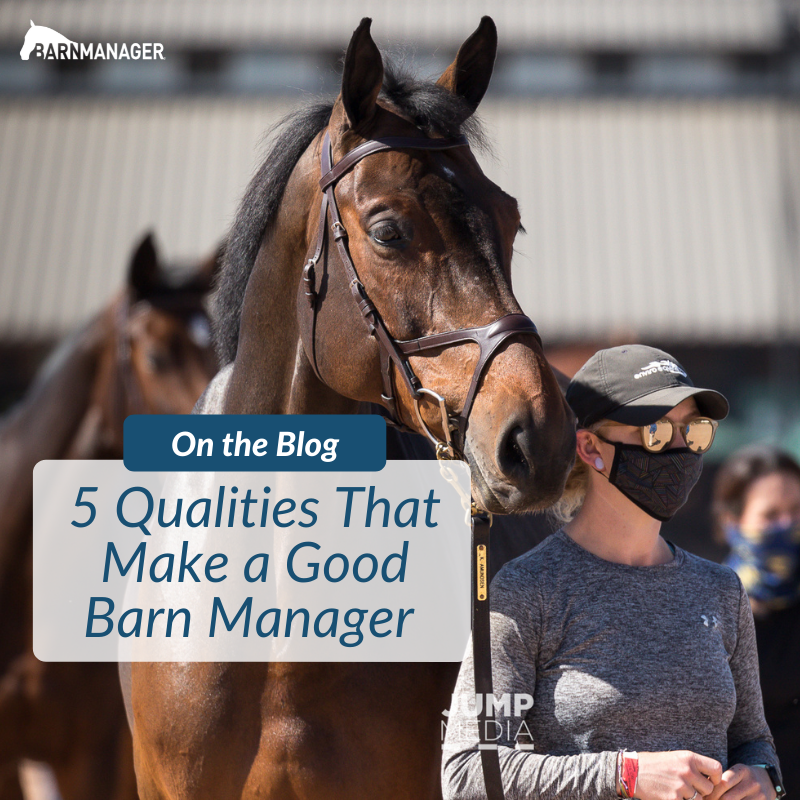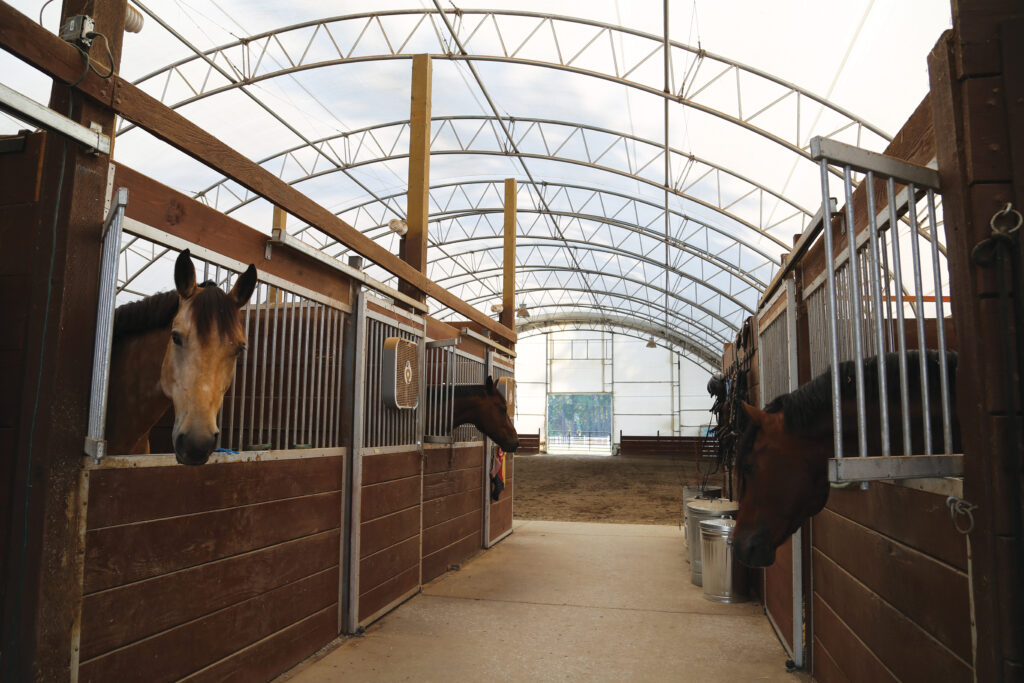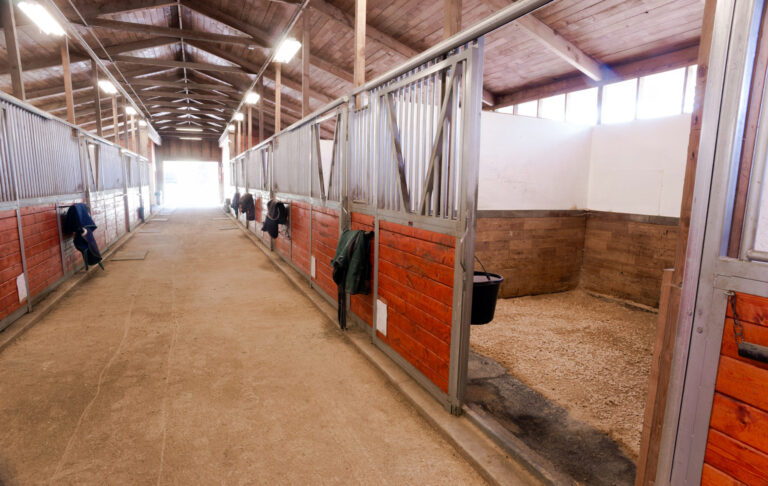How to Manage a Horse Barn: A Comprehensive Guide

Managing a horse barn requires dedication, organization, and knowledge to ensure the health and happiness of your horses. This guide covers essential aspects of horse barn management, from daily care routines to facility maintenance, designed to help both beginners and experienced barn owners.
Table of Contents

- Introduction to Horse Barn Management
- Daily Care and Feeding
- Stall and Pasture Maintenance
- Health and Safety Protocols
- Equipment and Supplies Management
- Staff and Volunteer Coordination
- Seasonal Considerations
- Frequently Asked Questions (FAQs)
1. Introduction to Horse Barn Management

Managing a horse barn involves overseeing the care, feeding, and well-being of horses, maintaining the barn facilities, and ensuring a safe environment. Effective management balances the horses’ needs with operational efficiency.
2. Daily Care and Feeding
- Feeding Schedule: Horses require consistent feeding times, typically twice a day, with a balanced diet of hay, grains, and supplements.
- Water Supply: Fresh, clean water should be available at all times.
- Exercise: Regular exercise is crucial for physical and mental health.
- Grooming: Daily grooming helps maintain coat health and allows early detection of injuries or illnesses.
3. Stall and Pasture Maintenance
- Cleaning: Stalls should be cleaned daily to remove manure and wet bedding.
- Bedding: Use appropriate bedding materials like straw or wood shavings for comfort and hygiene.
- Pasture Care: Rotate pastures to prevent overgrazing and manage parasite control.
- Fencing: Regularly inspect and repair fences to ensure safety.
4. Health and Safety Protocols
- Veterinary Care: Schedule regular check-ups and vaccinations.
- Farrier Services: Maintain hoof health with routine trimming.
- Emergency Preparedness: Have a plan for injuries, illnesses, and natural disasters.
- Safety Measures: Implement protocols to prevent accidents, including proper handling techniques.
5. Equipment and Supplies Management
- Inventory Tracking: Keep an organized inventory of feed, supplements, and equipment.
- Storage: Store supplies in a clean, dry area to prevent spoilage.
- Maintenance: Regularly inspect and maintain equipment like tack and machinery.
6. Staff and Volunteer Coordination
- Training: Provide thorough training on horse care and barn procedures.
- Scheduling: Create clear work schedules to ensure coverage.
- Communication: Maintain open lines of communication for efficient operations.
7. Seasonal Considerations
- Winter: Prepare for cold weather with adequate shelter and adjusted feeding.
- Summer: Manage heat stress with shade and increased water availability.
- Spring/Fall: Monitor for seasonal allergies and adjust pasture management.
Frequently Asked Questions (FAQs)
Q1: How often should stalls be cleaned?
A: Daily cleaning is recommended to maintain hygiene and prevent respiratory issues.
Q2: What is the best bedding material?
A: Straw and wood shavings are popular; choose based on availability, cost, and horse preference.
Q3: How can I prevent pasture overgrazing?
A: Implement rotational grazing and monitor pasture conditions regularly.
Q4: What emergency supplies should be kept on hand?
A: First aid kits, emergency contact numbers, and basic medical supplies are essential.
Managing a horse barn effectively ensures the well-being of your horses and the smooth operation of your facility. By following these guidelines, you can create a safe, healthy, and productive environment for both horses and caretakers.
